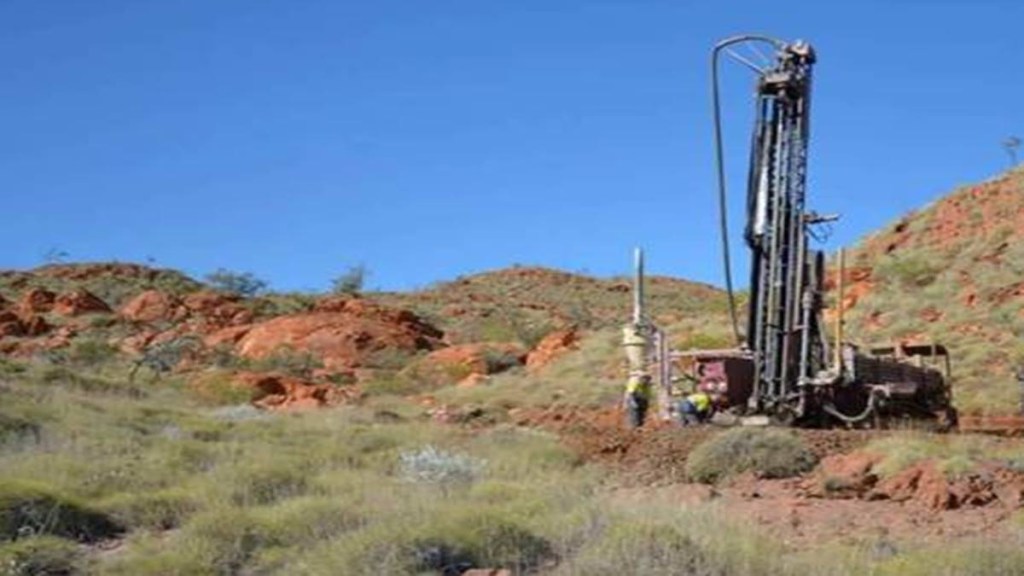By Gaurav Sen
Previously obscure group of metals, Rare Earth material has now gained global significance due to its use in industrial applications that support a future with lower carbon emissions. Rare earth elements—a group of 17 metals—are critical for both human and national security. It is anticipated that the high technology sector will continue to expand quickly, driving up demand for rare earth elements (REE), particularly for products that consume less carbon or emit less of it into the atmosphere. In many electrical, optical, magnetic, and catalytic applications, REE compounds are essential and irreplaceable due to their high melting and boiling temperatures. REE enabled the production of the most effective and potent drive motors for wind turbines and electric vehicles (EV). REE can be employed in high-tech products like tablets, smartphones, and headphones. In 2021, global demand for rare earths reached 125,000 metric tons. By 2030, it is forecast to reach 315,000 tons.
China has dominated the REE business for the past 25 years on both the supply and demand sides. It is alarming that the concentration of production of these rare earth minerals has not changed. China has a monopoly on the market, accounting for 85% of processing capacity and 60% of global production. The United States, Australia, Canada, and other nations are attempting to lessen their dependence on China as a source of rare earths manufacturing and processing in view of the rising geopolitical concerns surrounding China and Taiwan. Due to this domination, China has tightened its hold on the market, making it extremely difficult for other nations to compete without being impacted by its policies or influence. The domination of China in the REE market poses a significant risk to the supply of raw materials for many nations, especially the more developed ones, whose high-tech industries depend on it. As China has a vast mineral deposit and the ability to supply global demand, the key question is why the other REE consumer countries would want to look for alternate markets?
China set production and export quotas for rare earths in order to support the development of its downstream REE manufacturing sector and to further its “buy Chinese” strategy. Due to this restriction, China’s rare earth exports fell by 40% in 2010 and the quota has peaked to record level in 2021. In order to maintain a sufficient supply for its own technological and economic requirements, China reduced export limitations once again by an additional 20% in 2011. A serious shortage of rare earths was triggered by the 40% reduction in quotas in 2010, which in turn led to an increase in price. Additionally, it encouraged firms to shift to China in order to secure their REE supply chain, which benefited China. On the other hand, large economies including the European Union, the USA, Japan, Australia, and Canada saw China’s installation of quota limits on manufacturing and exports as high risk since some thought China may exploit the policy for political reasons. In 2010, China briefly cut off supplies to Japan, a move that severely impacted the supply chains of key manufacturers like Toyota and Panasonic. This action was widely thought to be the outcome of a disagreement that erupted over the usage of territorial maritime waters between the two nations. China vowed to cease supplying REE to the USA in 2019 as the trade conflict between the two nations heated up.
Many African nations are developing economically substantially and are aware of the need to lower the atmospheric carbon content. Although the use of REE-bearing products is rising, Africa still depends on imports because there are no established REE value chains. While large deposits have been discovered in South Africa and Malawi, projects currently underway in numerous other African nations—including Tanzania, Zambia, Namibia, Kenya, Burundi, Uganda, Angola, and Mozambique—have also discovered significant resources. Despite the promise and availability of these resources, Africa has not yet fully seized this opportunity.
Africa now has a window of opportunity due to China’s risk factor. With a plentiful supply of essential commodities, African nations can take advantage of the hunt for new sources of rare earth elements to generate much-needed income for financing fundamental socio economic goals and eradicating poverty. They can also make use of the African Continental Free Trade Area (AfCFTA) to enhance value addition and fortify international trade relationships. Africa should deliberately use its assets to forge strong economic alliances and increase its participation in global value chains, particularly with the US, EU, and Australia. To lessen exposure to political disturbances, US Treasury Secretary Janet Yellen has urged for “friend-shoring,” or creating supply chain networks with friends and friendly nations. African nations can work together to establish long-term trade alliances with these nations in order to strengthen the value chains for rare earths.
The author is a doctoral candidate at the Centre for African Studies, School of International Studies, Jawaharlal Nehru University, New Delhi.
Disclaimer: Views expressed are personal and do not reflect the official position or policy of Financial Express Online. Reproducing this content without permission is prohibited.

